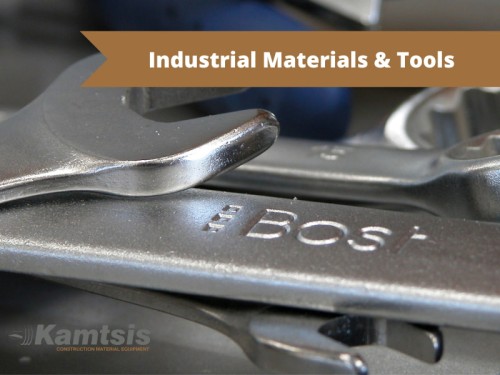-1060x400w.jpg)
DIN stands for “Deutsches Institut für Normung“, meaning “German institute for standardisation”. National standards (DIN) will be/have been largely replaced by international/European standards. DIN standards are still valid for products having no ISO or EN standards. DIN standards that begin with “DIN V” (“Vornorm”, meaning “pre-issue”) are the result of standardization work, but because of certain reservations on the content or because of the divergent compared to a standard installation procedure of DIN, they are not yet published standards.
Small slotted or cross recessed screws:
When introducing the ISO standards for small screws, some of the head heights and head diameters have been changed. These changes may not have any effects on most of the applications. Only in cases with very little space for installation, it is necessary to observe the changes in details.
Small hexagon or hexalobular screws:
In Germany, established product standards such as DIN 6912 or DIN 7984 are still valid. There are no successor ISO standards up to now. However, DIN 7991 has been replaced by the ISO standard 10642. Please observe that according to DIN 74 these countersunk head screws have got F-type countersinks. In recent years, hexalobular screws (TX) have been introduced additionally. There are no DIN standards for these screws. The head geometry corresponds to cross recessed screws as the head type is identical.
Tapping screws:
When changing the DIN standards for tapping screws to ISO standards, some head heights and head diameters have been changed. Furthermore, the head angle of countersunk head tapping screws has been changed from 80° to 90°. When manufacturing the countersinks, the applicable specifications of ISO 15065 have to be observed.
Slotted set screws:
The DIN standards for slotted set screws are replaced by successor ISO or EN standards.There are only slight changes in application.
Studs:
The DIN standards for studs are entirely applicable. Currently, there are no successor ISO standards defined.
Hexagon head bolts:
Most DIN standards for these bolt types have been withdrawn years ago. The successor ISO standards largely comply with the DIN standards withdrawn. Therefore, there are normally no restrictions on use. You only have to note that different sizes of fastening tools have to be used for the dimensions M10, M12, M14 and M22. The dimensions for the widths across flats.
Screws with normal cylindrical head:
DIN 912 has been replaced by ISO 4762. Some nominal Ø known from the DIN standards are no longer included in the successor ISO standard. Furthermore, an additional standard for screws with metric fine pitch thread has been published. The geometric design of ISO 4762 corresponds to DIN 912, so there are no restrictions on use expected. In addition, there is a new standard for hexalobular socket head cap screws (TX). In comparison to the hexagon drive, the hexalobular drive ensures a better load transmission and less wear of the drive.
Hexagon regular nuts:
When changing from DIN to ISO standards, some nut heights have been increased and the widths across flats for the dimensions M10, M12, M14 and M22 have been changed. The proof loads have also been increased. The coarse pitch threads have to comply with ISO 898-2, the fine pitch threads with ISO 898-6. Nuts according to DIN 934 only have to withstand lower proof loads according to DIN 267-4. You can identify nuts with reduced load ability according to ISO 898 Part 2 or Part 6, because they have bars next to the marking of the property class.













Leave a Comment